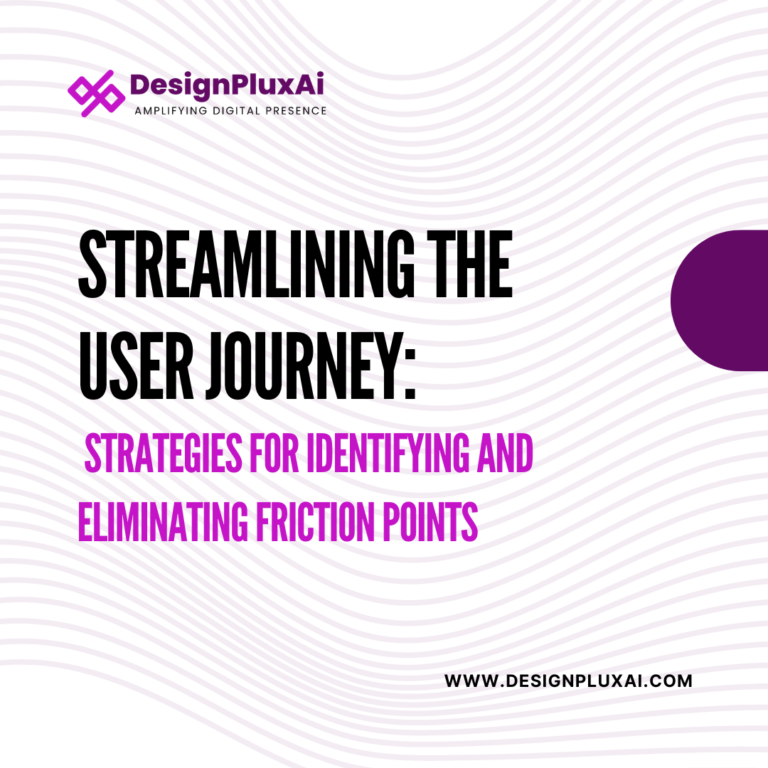Conversion-Driven Design: Maximizing Engagement and Action
In the ever-evolving landscape of digital experiences, the success of a website or application is often measured by its ability to convert visitors into customers or users. This process of guiding users towards taking desired actions, whether it’s making a purchase, signing up for a newsletter, or downloading an app, lies at the heart of conversion-driven design. By strategically crafting interfaces and experiences, designers can maximize user engagement and prompt meaningful actions that drive business objectives.
Understanding Conversion-Driven Design
Conversion-driven design revolves around the principle of creating interfaces and experiences that prioritize conversions. It goes beyond merely making a website visually appealing or functional; it focuses on guiding users through a journey that encourages them to take specific actions. Whether it’s a compelling call-to-action (CTA), intuitive navigation, or persuasive messaging, every element of the design plays a crucial role in maximizing engagement and driving conversions.
The Role of Engagement
Engagement is the key to unlocking conversions. When users are actively engaged with a website or application, they are more likely to explore its offerings and ultimately take action. Conversion-driven design emphasizes creating immersive and captivating experiences that capture users’ attention and keep them engaged throughout their journey. By understanding user behavior and preferences, designers can tailor interactions to resonate with their audience, fostering a deeper connection and encouraging conversion-driving actions.
Designing for Action
At the core of conversion-driven design is the concept of designing for action. Every aspect of the design, from the layout and visual hierarchy to the placement of CTAs, is carefully orchestrated to prompt users to take specific actions. By optimizing the user interface for clarity and usability, designers can minimize friction and make it effortless for users to navigate towards conversion points. Additionally, incorporating persuasive elements such as social proof, testimonials, and incentives can further motivate users to take action.
Key Strategies for Maximizing Conversions
- Clear and Compelling CTAs: Use concise and action-oriented language to prompt users to take the desired action. Place CTAs strategically where they are highly visible and contextually relevant.
- Streamlined User Journeys: Simplify the user journey by eliminating unnecessary steps and distractions. Guide users seamlessly towards conversion points to minimize drop-offs.
- Personalization and Relevance: Leverage user data to personalize the user experience and deliver relevant content and recommendations. Tailoring the experience to individual preferences increases the likelihood of conversion.
- Visual Hierarchy and Readability: Establish a clear visual hierarchy to draw attention to important elements such as CTAs and key information. Ensure readability by choosing legible fonts and maintaining adequate contrast.
- Responsive Design: Optimize the design for various devices and screen sizes to provide a consistent and seamless experience across platforms. Responsive design ensures accessibility and usability for all users, regardless of their device.
Conclusion
Conversion-driven design is a strategic approach that prioritizes maximizing engagement and prompting meaningful actions. By understanding user behavior, designing for action, and implementing key strategies, designers can create compelling experiences that drive conversions and contribute to the overall success of a digital product or service. By embracing conversion-driven design principles, businesses can unlock the full potential of their online presence and achieve their conversion goals.



